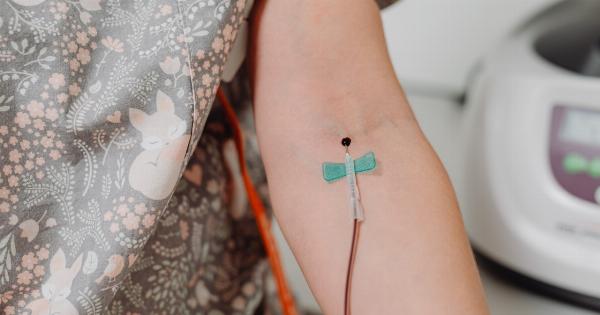Acute venous thrombosis, also known as deep vein thrombosis (DVT), is a serious medical condition characterized by the formation of blood clots in the deep veins, commonly in the legs.
These blood clots can cause pain, swelling, and potentially life-threatening complications such as pulmonary embolism. While traditional anticoagulant therapy has been the cornerstone of treatment for acute venous thrombosis, emerging therapies are showing great promise in improving patient outcomes and reducing long-term complications.
1. Novel Anticoagulants
Traditional anticoagulant therapy for acute venous thrombosis involves the use of heparin and warfarin, which require careful monitoring and have several limitations.
However, novel oral anticoagulants (NOACs), such as direct oral anticoagulants (DOACs), have emerged as effective alternatives. DOACs directly target specific coagulation factors and have shown non-inferiority to traditional therapy in several clinical trials.
These agents hold the promise of simplified dosing regimens and reduced monitoring requirements, improving patient convenience and safety.
2. Catheter-Directed Thrombolysis
Catheter-directed thrombolysis is an emerging intervention for the treatment of acute venous thrombosis. This procedure involves the infusion of a thrombolytic agent directly into the thrombus through a catheter placed within the affected vein.
By delivering the thrombolytic agent directly to the clot, higher concentrations can be achieved at the site of the thrombus, promoting its dissolution. This technique has shown promising results in reducing clot burden and improving long-term outcomes in selected patients.
3. Surgical Interventions
In some cases, surgical interventions may be necessary for the treatment of acute venous thrombosis. Surgical thrombectomy involves the physical removal of the thrombus from the affected vein.
While this procedure is associated with more complications and longer recovery times compared to non-surgical interventions, it may be considered in specific situations, such as massive iliofemoral thrombosis or when catheter-directed thrombolysis fails or is contraindicated.
4. Pharmacomechanical Thrombectomy
Pharmacomechanical thrombectomy is a minimally invasive procedure that combines the use of thrombolytic agents and mechanical devices to remove thrombi from the deep veins.
This technique uses specialized catheters and devices to break up and remove the clot, offering a potentially quicker and more efficient way to restore venous patency. Pharmacomechanical thrombectomy has shown promising results in terms of clot removal and improving symptoms in patients with acute venous thrombosis.
5. Stenting
In cases where there is chronic obstruction of the affected vein due to post-thrombotic syndrome or residual clot burden, stenting may be considered as a therapeutic option.
Venous stenting involves the placement of a metal stent within the affected vein to improve venous outflow and prevent further clot formation. This intervention can help alleviate symptoms and reduce the risk of recurrent thrombosis in selected patients.
6. Complementary Therapies
In addition to the aforementioned interventions, complementary therapies are being explored for the treatment of acute venous thrombosis.
These include the use of compression stockings or intermittent pneumatic compression devices to improve venous flow and prevent clot formation. Adjuvant use of these therapies alongside traditional anticoagulation or other interventions may potentially enhance treatment outcomes and reduce the risk of post-thrombotic syndrome.
7. Considerations in Choosing Emerging Therapies
When considering emerging therapies for the treatment of acute venous thrombosis, several factors need to be taken into account.
This includes the severity of the thrombosis, the patient’s overall health, and the potential risks and benefits associated with each intervention. Individualized treatment plans based on patient-specific factors and preferences are crucial to ensure optimal outcomes.
8. Future Directions and Research
As our understanding of acute venous thrombosis continues to evolve, ongoing research is focusing on identifying novel targets for intervention.
Researchers are exploring the use of genetic testing, biomarkers, and imaging techniques to determine personalized treatment strategies and predict patient outcomes. Additionally, novel antithrombotic agents and minimally invasive techniques are being developed and tested, further expanding the armamentarium against acute venous thrombosis.
9. Conclusion
Emerging therapies for acute venous thrombosis are revolutionizing the treatment landscape for this condition.
From novel anticoagulants to catheter-directed thrombolysis and surgical interventions, these advancements offer new hope for patients by improving outcomes and reducing the burden of post-thrombotic syndrome. As research continues to progress, it is crucial to stay updated with the latest developments in order to provide optimal care for those affected by acute venous thrombosis.




























